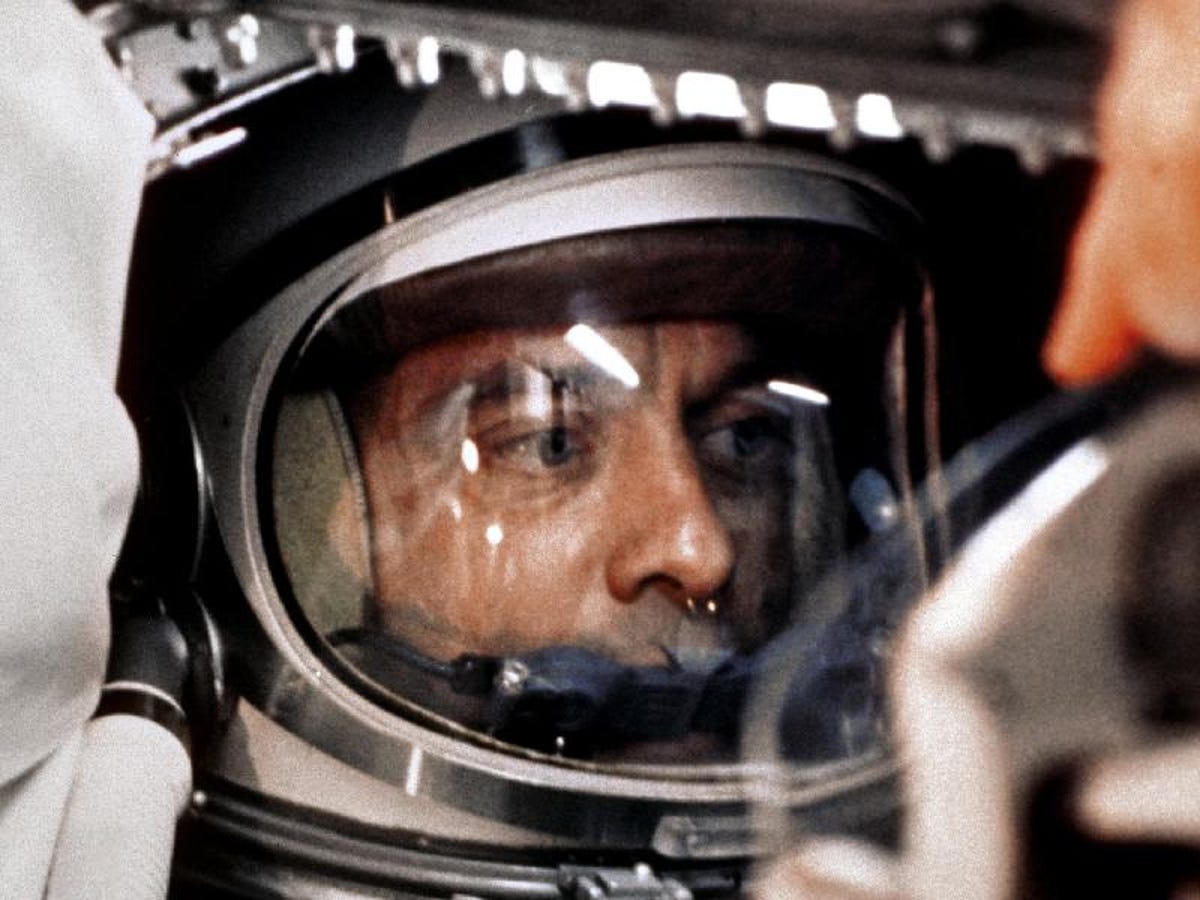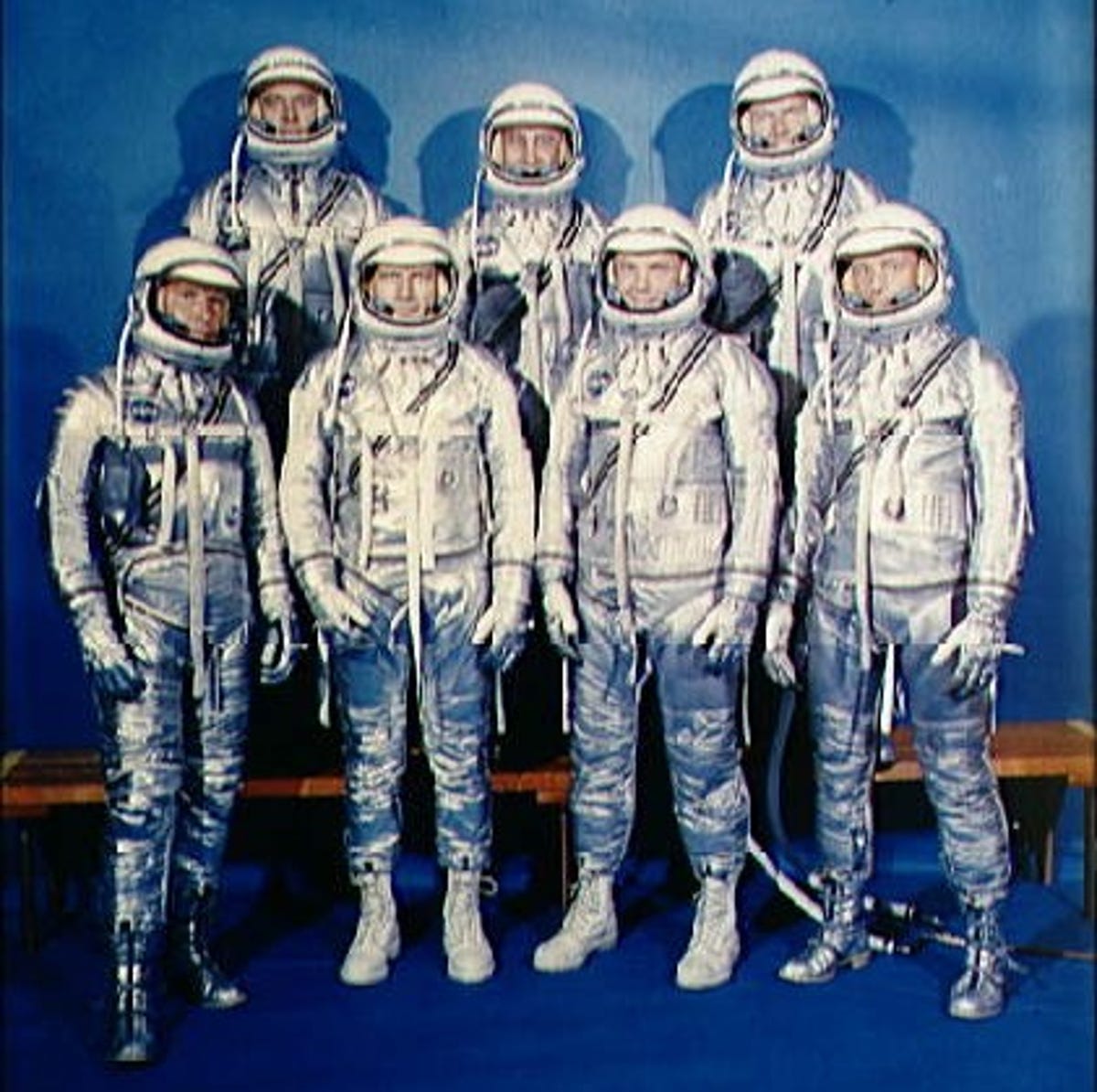Alan Shepard's landmark space flight (photos)
In 1961, the U.S. came in a close second in the race to put a man in space but laid the groundwork for missions to the moon. Shepard had key roles throughout the era.

Alan Shepard
The U.S. wasn't far behind, however. Just over three weeks later, at 9:34 a.m. ET on May 5 of that year, NASA launched the second human and first American into space, a 37-year-old U.S. Navy test pilot named Alan Shepard.

Mercury astronauts
Astronaut signatures
Physical exam
Blood pressure check
Mercury capsule
Helmet, gloves, boots
Shepard in pressure suit
Communications check
Mercury-Redstone rocket
"[Shepard] was surprised by the smoothness of the liftoff," according to the NASA account. "The ride continued smoothly for about 45 seconds; then the rocket, capsule, and astronaut began vibrating. Conditioned to these circumstances, Shepard realized that he was passing through the transonic speed zone, where turbulence built up."
Capsule cutaway
The pressure suit kept Shepard relatively cool at about 75 degrees Fahrenheit, compared with 91 degrees in the cabin proper--and the 220 degrees of the capsule's exterior. The maximum gravitational load he experienced during acceleration was 6.3 G, and the ascent speed reached 5,134 miles per hour.
Navigational aids
Shepard during descent
Hoisted to the helicopter
Helicopter and capsule
Gordon Cooper and Wernher von Braun
Shepard and President Kennedy
Shepard and Mitchell
Shepard on the moon
Alan Shepard stamp
This week, in commemoration of the 50th anniversary of the Freedom 7 mission, the U.S. issued a stamp honoring Shepard.

